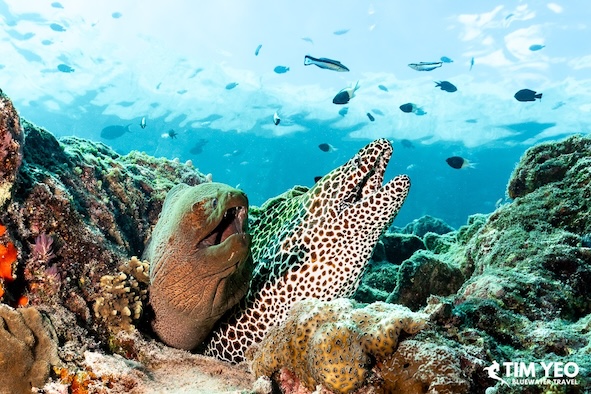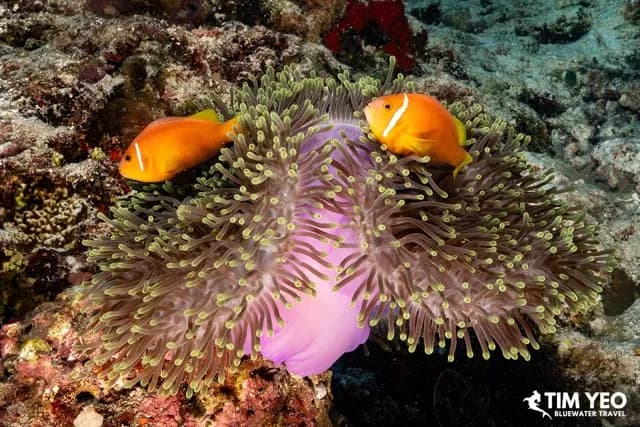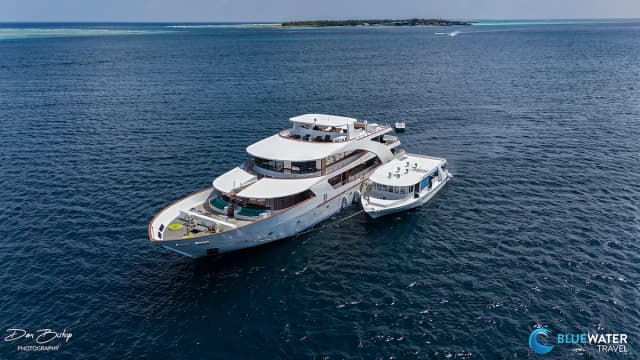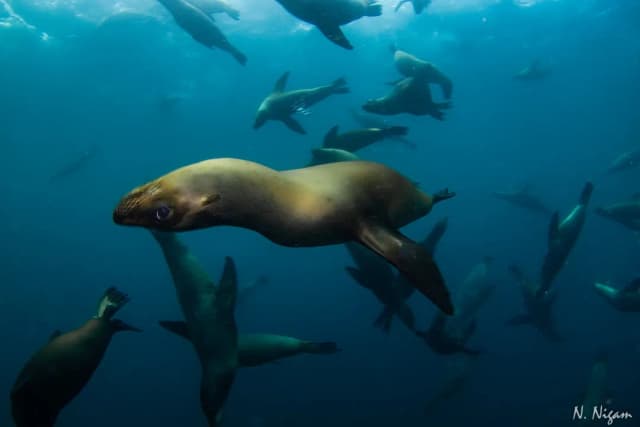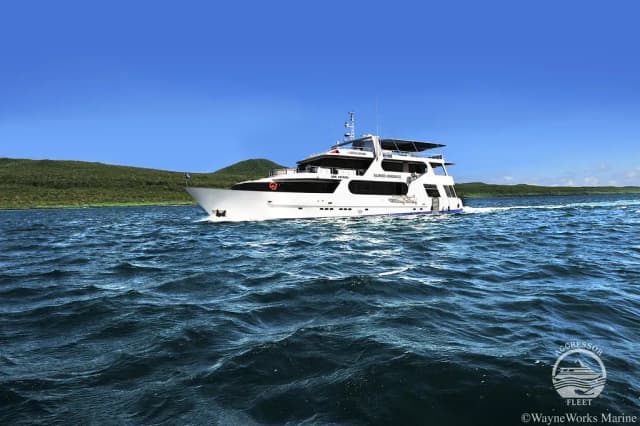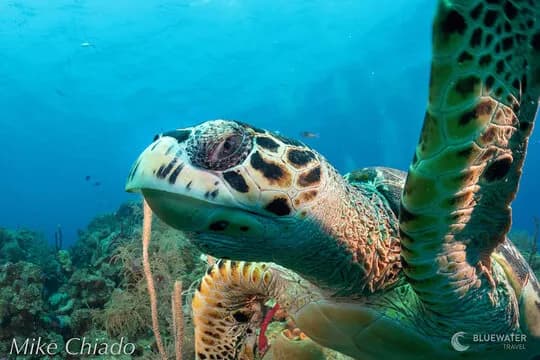World’s Best Snorkeling Destinations for Beginners and Non-Divers
Snorkeling is one of the most magical and beginner-friendly ways to connect with the ocean. Whether you're drifting over shallow coral gardens or meeting sea turtles face-to-face, you don’t need to be a scuba diver to witness the underwater world.
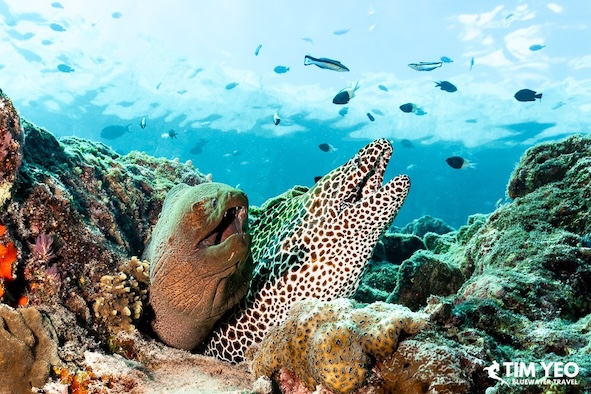
What Makes a Snorkeling Destination Beginner-Friendly?
The best beginner snorkelling spots share a few important qualities. Calm waters are essential – think lagoons, sheltered bays or coral-fringed islands that break the swell. Visibility should be high to allow snorkelers to enjoy marine life from the surface. Shallow reefs are ideal, allowing even the most nervous snorkelers to stand nearby or float over the action.
Access also plays a role: easy beach entries or short boat rides reduce barriers. And of course, knowledgeable local guides make a world of difference. They know the safest entry points, best times of day, and how to gently introduce newcomers to the magic beneath the waves.
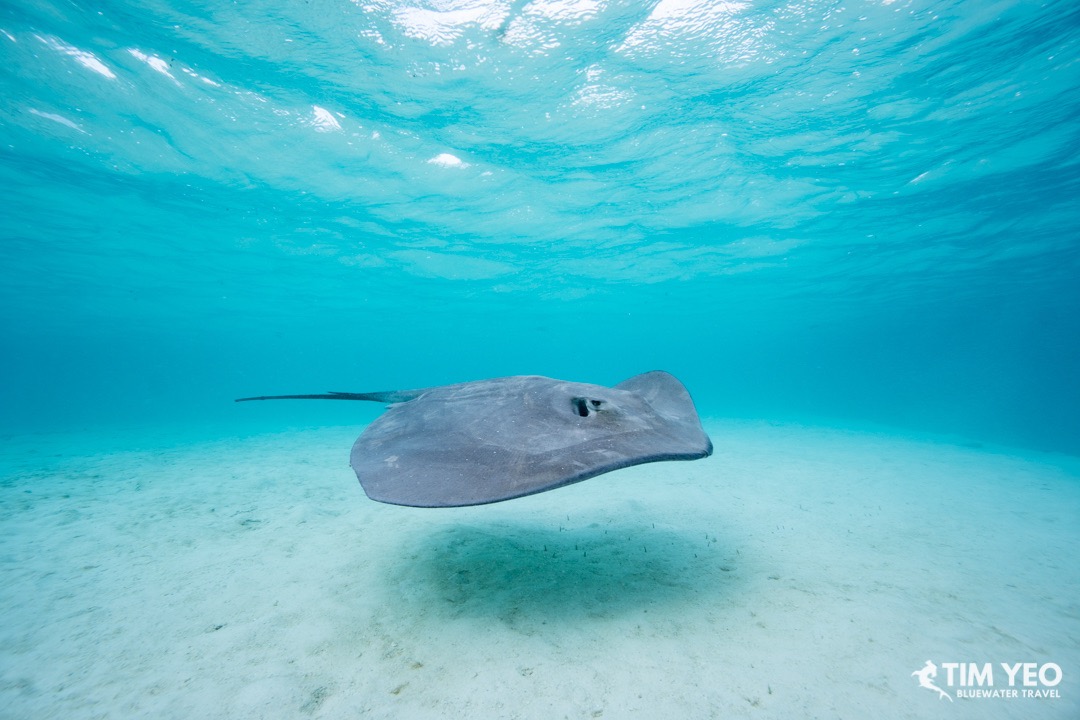
Best Snorkeling in the World – Our Top Picks
Maldives: In Baa Atoll, Hanifaru Bay is world-famous for manta ray aggregations between June and October. In South Ari Atoll, whale sharks appear year-round. Crystal-clear lagoons and house reefs make it easy for beginners to explore with minimal currents.
Hawaii (Big Island): Kona Coast is renowned for its night snorkels with manta rays. Floating above these gentle giants as they barrel roll through columns of plankton is unforgettable. Sites like "Two Step" and Kealakekua Bay offer shore access and abundant reef life.
Galápagos Islands: These volcanic islands are full of surprises. Snorkelers may see marine iguanas, penguins, sea lions, reef sharks and turtles—sometimes all on one outing. Calm sites like Los Tuneles or Playa Ochoa are great for novices, while more adventurous types can join boat excursions.
Great Barrier Reef, Australia: Australia's iconic reef has options for every level. From resort snorkelling on Fitzroy or Green Island to liveaboard adventures, the shallow coral gardens and fish-rich bommies are vibrant, colourful, and incredibly photogenic.
Mexico (Sea of Cortez & Isla Mujeres): In the Sea of Cortez near La Paz, snorkelers can visit sea lion colonies and even spot juvenile whale sharks. Isla Mujeres is famed for summer whale shark swims, with calm conditions perfect for non-divers.
Palau: Micronesia's hidden gem offers soft coral reefs, WWII wrecks, and the surreal Jellyfish Lake—a marine lake where millions of stingless jellyfish pulse around snorkelers. Outer reefs also feature calm drop-offs with amazing clarity.
Roatán, Belize & the Caribbean: Roatán's West Bay Beach is fantastic for shore snorkelling. Belize's Hol Chan Marine Reserve and Shark Ray Alley offer shallow, beginner-safe encounters with rays and nurse sharks. In the wider Caribbean, destinations like the Bahamas, Turks & Caicos and Bonaire boast reefs just metres from the shore.
Tips for First-Time Snorkelers
Getting started is easy with the right mindset and a few tips:
Practice in calm water first: A pool or protected bay helps you get used to the mask and snorkel.
Relax and float: Don’t try to swim like a frog. Gentle fin kicks and floating on your stomach work best.
Use anti-fog: Foggy masks are frustrating. Bring commercial defogger or use diluted baby shampoo.
Breathe slowly: Steady breathing through the snorkel will keep you calm and prolong your time in the water.
Consider a flotation aid: Snorkel vests or even pool noodles provide support for those still gaining confidence.
Join a guided tour: A guide can help with gear, choose quiet spots, and point out marine life you might otherwise miss.

Conservation and Marine Etiquette
Every snorkeler becomes an ambassador for the ocean. Follow these basic principles:
Don’t touch: Coral is fragile and slow-growing. Even a slight brush can cause damage or stress to marine animals.
Stay horizontal: Avoid kicking up sand or standing on the reef. Stay in a floating position above the reef.
Use reef-safe sunscreen: Choose mineral-based formulas free from oxybenzone and octinoxate.
Observe respectfully: Let wildlife come to you. Don’t chase turtles or block a ray’s path.
Take only photos: Leave shells, coral, and marine life undisturbed.
Many of the best snorkelling sites are in marine parks or reserves. Your entrance fee often supports local conservation work, research, and sustainable tourism development.
My First Time in Roatán
I was nervous. I'd never snorkelled before, and the idea of deep water intimidated me. But on a calm morning in Roatán, I stepped off the beach at West Bay and was floating above a coral garden within minutes. The guide showed me how to clear my mask and adjust my snorkel, then pointed at a small school of blue tangs darting below. A green turtle glided past, completely unbothered by our presence. Floating above the reef, I forgot to be scared. The clarity of the water and the quiet buzz of marine life all around me was hypnotic. By the end of the hour, I didn’t want to leave. That day changed everything—I was hooked. And now, years later, I help others take that first plunge.
